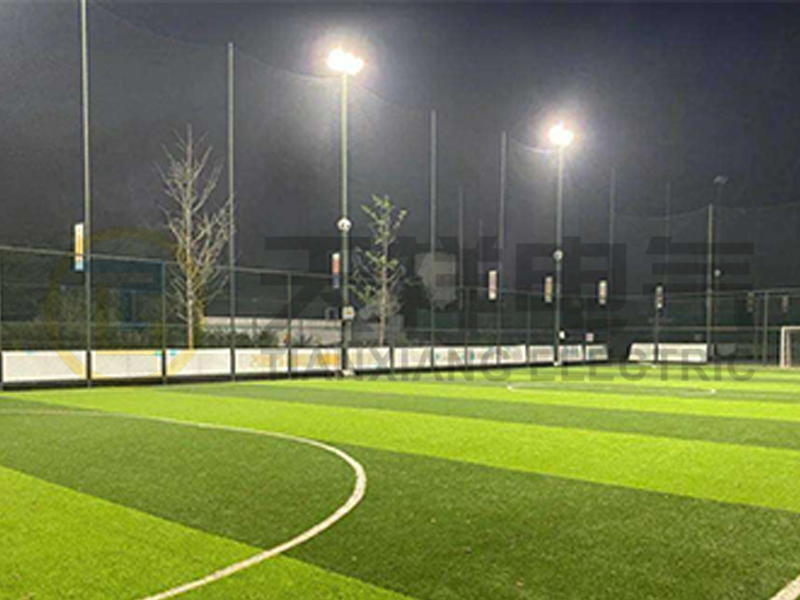Designing outdoor stadium lighting is an important aspect of creating a safe and enjoyable environment for athletes and spectators. Proper stadium lighting not only improves game visibility but also helps enhance the overall experience of the event. Stadium lighting plays an important role in ensuring matches can be played out and enjoyed to the fullest, regardless of the time of day or weather conditions. In this article, we’ll explore key considerations and best practices for designing outdoor stadium lighting.
1. Understand the requirements:
The first step in designing outdoor sports venue lighting is to understand the specific requirements of the venue. Factors such as the type of sport, the size and layout of the stadium, and the level of competition all play a vital role in determining lighting needs. For example, a soccer field may require different lighting specifications compared to a tennis court or track and field facility. Understanding the specific requirements of a venue is crucial to creating a lighting design that meets the needs of athletes and provides the best possible view for spectators.
2. Consider environmental factors:
When designing outdoor stadium lighting, it is important to consider environmental factors that may affect the performance of the lighting system. Factors such as wind, rain and extreme temperatures can affect the durability and performance of lighting fixtures. Selecting fixtures that can withstand outdoor conditions and implementing appropriate protection against environmental factors are critical to ensuring the longevity and reliability of your lighting system.
3. Optimize visibility and uniformity:
One of the key goals of stadium lighting design is to optimize visibility and uniformity across the playing field. This requires careful positioning of lighting fixtures to minimize glare and shadows while ensuring even lighting throughout the playing area. Achieving uniformity in lighting levels is critical to providing a clear and consistent visual experience for athletes and spectators.
4. Implement energy-saving solutions:
In today’s environmentally conscious world, energy efficiency is a key consideration in stadium lighting design. Implementing energy-efficient lighting solutions not only helps reduce environmental impact but also saves venues costs. LED lighting technology is becoming increasingly popular in outdoor stadium lighting due to its high energy efficiency, long life and ability to provide high-quality lighting.
5. Comply with standards and regulations:
When designing lighting for outdoor sports venues, relevant standards and regulations must be adhered to to ensure the safety and quality of the lighting system. Standards such as the IESNA (Illuminating Engineering Society of North America) guidelines provide recommendations on lighting levels, uniformity, and glare control, which are critical to creating lighting designs that adhere to industry standards and best practices.
6. Merge control system:
Incorporating advanced control systems into stadium lighting designs allows for flexible and efficient management of lighting levels based on specific requirements. For example, the ability to dim or adjust lighting levels could be beneficial for different events or activities taking place in the stadium. In addition, integrated intelligent control systems enable remote monitoring and management of lighting systems, thereby improving overall operational efficiency.
7. Consider the surrounding area:
When designing lighting for outdoor sports venues, it is important to consider the impact the lighting will have on the surrounding area. Light pollution and glare can negatively impact the surrounding environment and neighboring communities. Taking steps to minimize light spill and glare, such as using screening devices and carefully directing light, can help reduce the impact on the surrounding area.
In summary, designing outdoor sports venue lighting requires careful consideration of a variety of factors, including site-specific requirements, environmental conditions, visibility and uniformity, energy efficiency, compliance with standards, control systems and impact on the surrounding area. By considering these factors and implementing best practices in lighting design, a well-designed stadium lighting system can enhance the overall experience for players and spectators while providing a safe and visually appealing environment for outdoor sporting events.
If you need to design stadium lighting, please feel free to contact us for a complete design proposal.
Post time: Sep-04-2024





